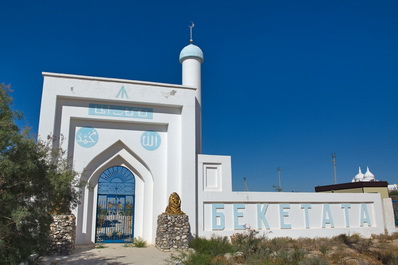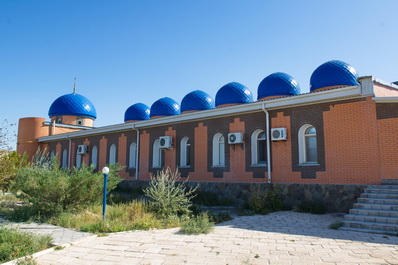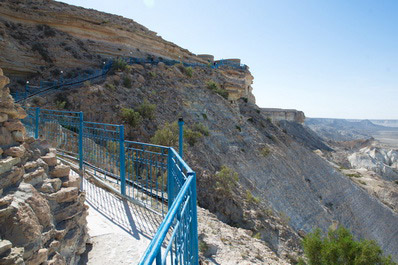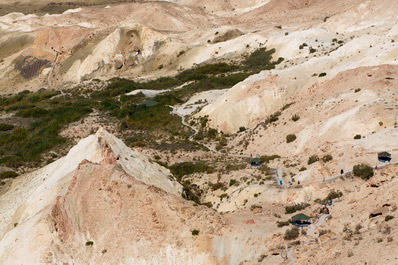Beket-ata Mosque, Mangystau
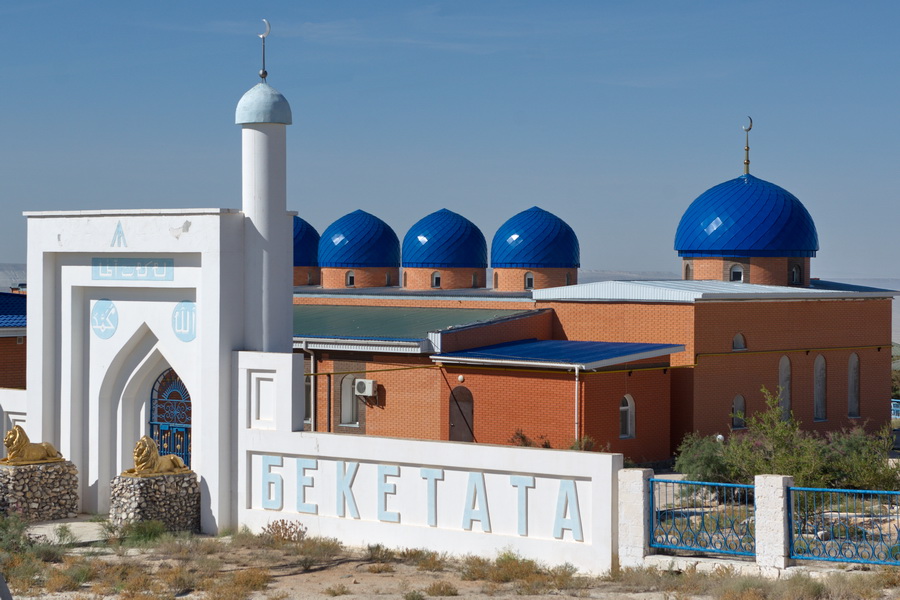
The Beket-ata Mosque is a sacred site in Mangystau, drawing thousands of pilgrims from across Kazakhstan each year. Named after the esteemed saint and Sufi Beket Myrzagululy, it was built into a massive rock at the end of the 18th century, located at the foot of the Ustyurt plateau in a remote and desolate area.
Beket-ata was born in 1750 near the city of Atyrau. From an early age, he was deeply interested in religion and science. As a young man, he traveled to distant Khiva to study Islam and learn about the world's structure. After seven years of study, during which he memorized the entire Quran, Beket-ata returned home to enlighten others, help his people, and build underground mosques. His first project, Ak-mosque, was completed when he was just 24 years old.
Throughout his life, Beket-ata earned the titles of "batyr" (warrior hero) and "auliye" (saint). Known for his strength, he preferred resolving conflicts peacefully. He constructed four mosques and became one of Kazakhstan's most revered figures, with his name immortalized in proverbs and legends. Beket-ata passed away in 1813-1814 and was buried in the mosque that bears his name.
The Beket-ata Mosque features four small halls: the first contains Beket-ata's ashes, the second houses his staff, the third holds his sister's grave, and the fourth is designated for women's prayers. Some halls have skylights, and each is about 3 meters high.
In the 1960s, archaeological studies of the mosque were conducted, and in 1982, it was designated a monument in Kazakhstan. In the 21st century, the mosque was restored, and a new road, guest house, and improved descent from the Ustyurt plateau were built. The 1300-meter descent takes about half an hour and includes several rest pavilions. The guest house features a dining area and separate rooms for men and women.
The Beket-ata underground mosque is located 280 km east of Aktau, accessible via a good-quality road, with the journey taking about 4 hours. Nearby attractions include the Bozzhyra and Kyzylkup tracts, which are picturesque natural monuments of Mangystau.

